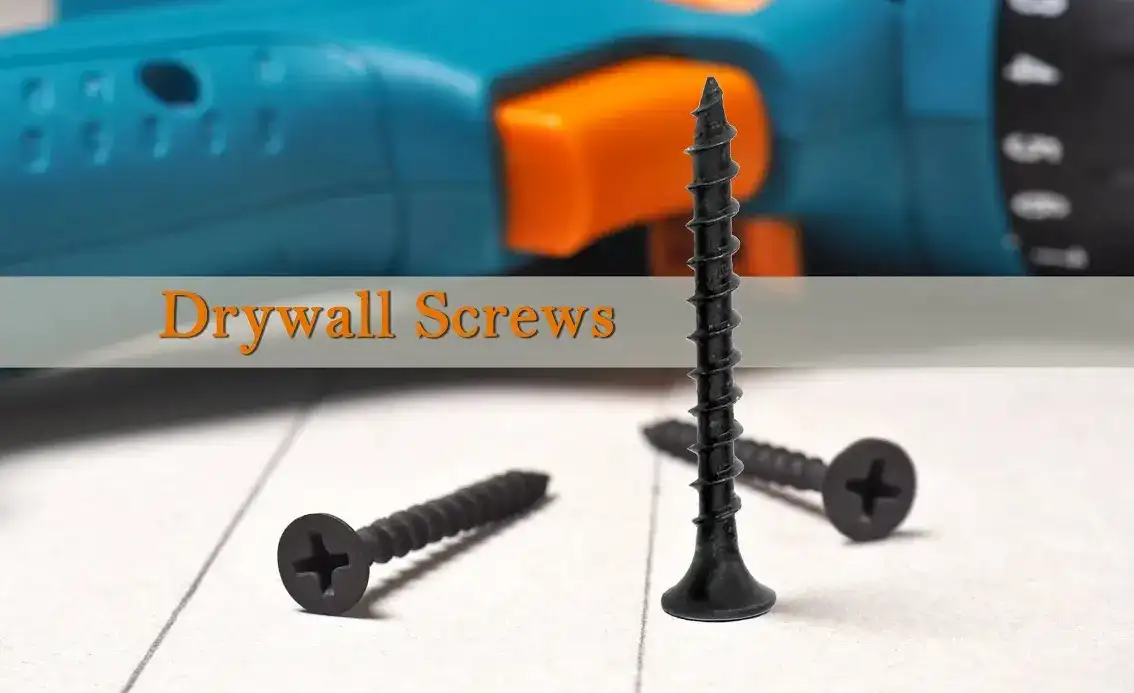During drywall installation, one of the most important parts is confirming that it is fixed firmly. Knowing how many screws per sheet of drywall you want is vital for a strong, lifelong installation. Whether you are an expert contractor or a DIY enthusiast, taking the right route will stop issues. These are popping crews, sagging, or rough surfaces.
A correct drywall installation relies on the following:
- Perfect fastening methods
- Framing conditions, and
- Screw placement
Using an insufficient number of screws can lead to poor fixing. Whereas, extra screws can make the drywall weaker and add extra labor. This blog will summarize the critical details, from standard suggestions to best practices.
DO YOU NEED PROFICIENT DRYWALL TAKEOFF AND ESTIMATION? CONTACT SPECIALISTS AT SMA ESTIMATING LLC FOR PRECISE ESTIMATIONS AND COST-EFFECTIVE SOLUTIONS!
Factors That Influence Screw Quantity
Many factors affect the needed screw count, e.g. building codes, size of sheet, and installation type. Before finding the exact number of screws per sheet of drywall, it is important to know the factors influencing screw position. Let us explore these aspects in detail:
Installation Type
- Whether the drywall is being mounted on walls or ceilings affects screw placement.
- Wall installations generally need screws every 16 inches in the center for wood framing and 12 inches for metal framing.
- The ceiling drywall needs more support and should have screws placed every 12 inches, even for wooden studs, to prevent drooping.
Building Codes
- Different regions have specific codes regulating drywall installation.
- Some areas require screws at closer intervals to meet safety standards.
- Fire-rated drywall (Type X) may need additional fasteners to comply with fire safety regulations.
- Local construction regulations may mandate specific screw spacing and placement.
Size of Sheet
- For a 4×8 sheet, typically, 32 screws are used when attached to walls with wooden studs.
- If installed on ceilings, more screws may be required, typically around 36 to 40 screws, to prevent sagging over time.
- For longer sheets such as 4×10 or 4×12 feet, the number of screws increases proportionally to accommodate the extra length.
Drywall Thickness: Denser drywall needs more screws to lock it accurately.
Framing Spacing: Stud and joist spacing determine the number of attachment points.
Application Type: Ceilings and walls have diverse needs for fastening due to gravity and structural needs.
Use of Adhesive: Drywall gum can reduce the number of screws per sheet of drywall needed. It strengthens the connection between framing and drywall.
Best Practices for Drywall Takeoff and Estimation
Accurate drywall takeoff and estimation are essential for avoiding waste and ensuring proper material allocation. Here is how you can effectively calculate screws for drywall installation. For a 4-foot by 8-foot sheet of drywall, the general screw suggestions are as the following:
For Walls
- Screws should be placed every 16 inches along each stud.
- Typically, you’ll need 32 screws per sheet (if studs are 16 inches apart).
For Ceilings
- Due to gravity, screws should be spaced every 12 inches along each framing member.
- This increases the total screw count to 36 per sheet for added support.
💡 Pro Tip: For damp-resistant drywall, you may need extra screws to meet safety standards.
Drywall Screw Placement: The Best Practices
Correct placement of screws is an essential requirement to produce strong and stable drywall installations. Follow these best practices:
- Maintain Distance from Edge: The edge of the drywall should have at least 3/8 inches of distance between screws to stop cracking.
- Follow a Consistent Spacing Pattern: Use a screw pattern of 16 inches in the center for walls and 12 inches in the center for ceilings.
- Drive Screws Correctly: Screws should be slightly recessed but not breaking through the paper. It is important to maintain the drywall’s integrity. Overdriving screws can reduce the holding power and lead to weak spots.
- Avoid Placing Screws Too Close: Firming drywall occurs when you minimize screw placement near one another. Close screw clusters lead to drywall failure by weakening and cracking.
Drywall Adhesive: Reducing the Need for Excessive Screws
The application of drywall adhesive at the studs and joists decreases the number of screws needed by half with an equivalent bonding strength. Benefits of using adhesive include:
- Fewer fasteners required
- Reduced risk of screw pops
- Smoother finish with fewer imperfections
- Enhanced durability and reduced noise transfer
💡 Important Note: Even when using adhesive, perimeter screws are still necessary to secure drywall edges.
The Importance of Drywall Takeoff and Estimation
Drywall takeoff plays a crucial role in planning any construction project. It is a crucial step for an even and cost-effective construction. Careful analysis of materials prevents project delays. Exact takeoff improves labor efforts by finding the number of screws per sheet of drywall. Proper takeoff ensures that you:
- Accurately calculate material needs to avoid shortages or excess waste.
- Plan screw placement efficiently for cost and labor savings.
- Estimate costs correctly to keep your project within budget.
OPTIMIZE YOUR DRYWALL PROJECT WITH PROFESSIONAL CONSTRUCTION TAKEOFF SERVICES. CONTACT SMA ESTIMATING LLC FOR PRECISE MATERIAL CALCULATIONS TODAY!
Final Thoughts on Drywall Screw Requirements
Ensuring the correct number of screws per sheet of drywall is a crucial step for any successful drywall installation. Following standard guidelines, best practices, and proper takeoff calculations. This will help you achieve a smooth, durable finish with minimal issues. For professionals and contractors looking to streamline their estimating process, SMA Estimating LLC provides top-tier drywall takeoff services. We ensure efficiency and accuracy in every project.

